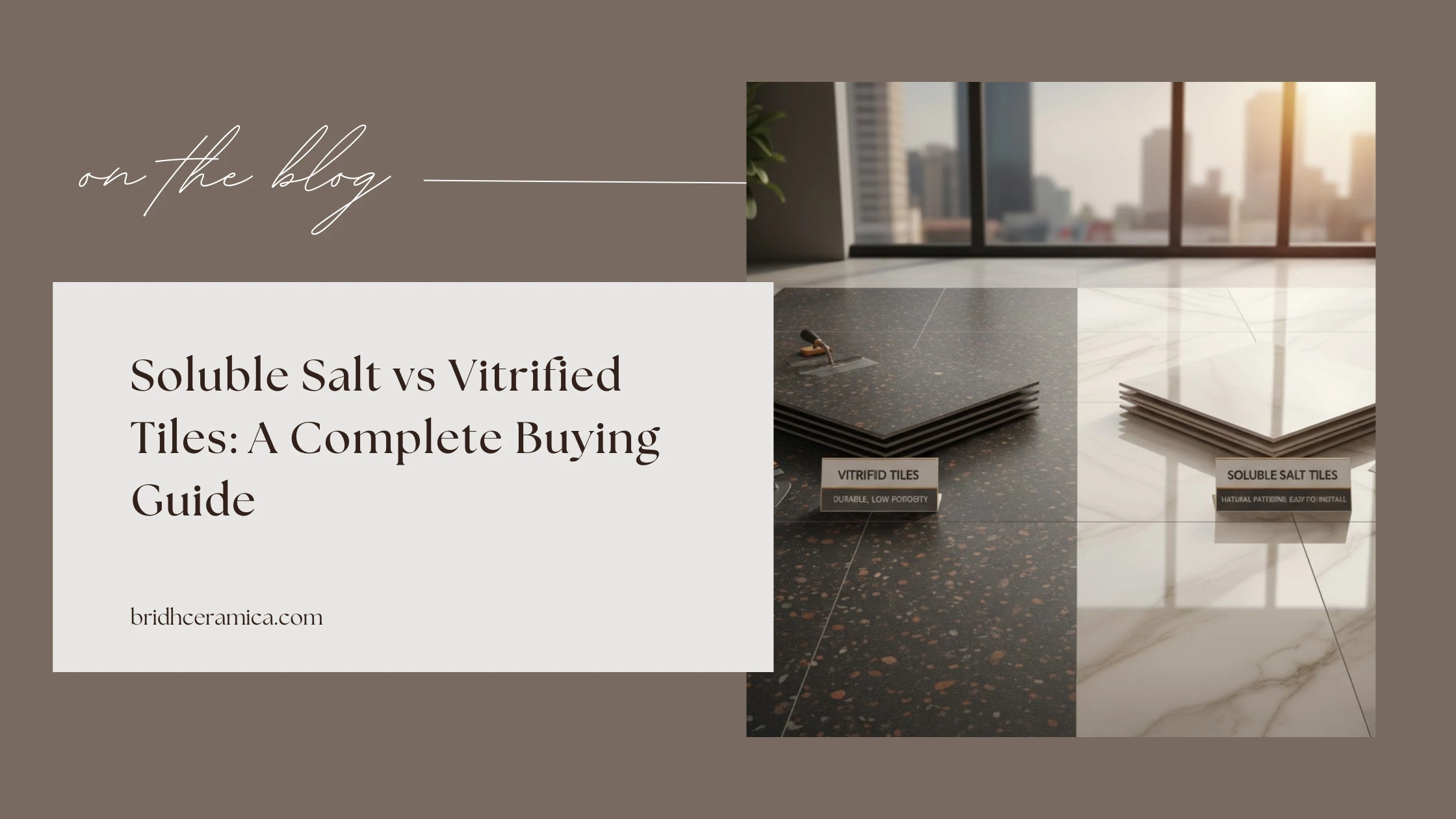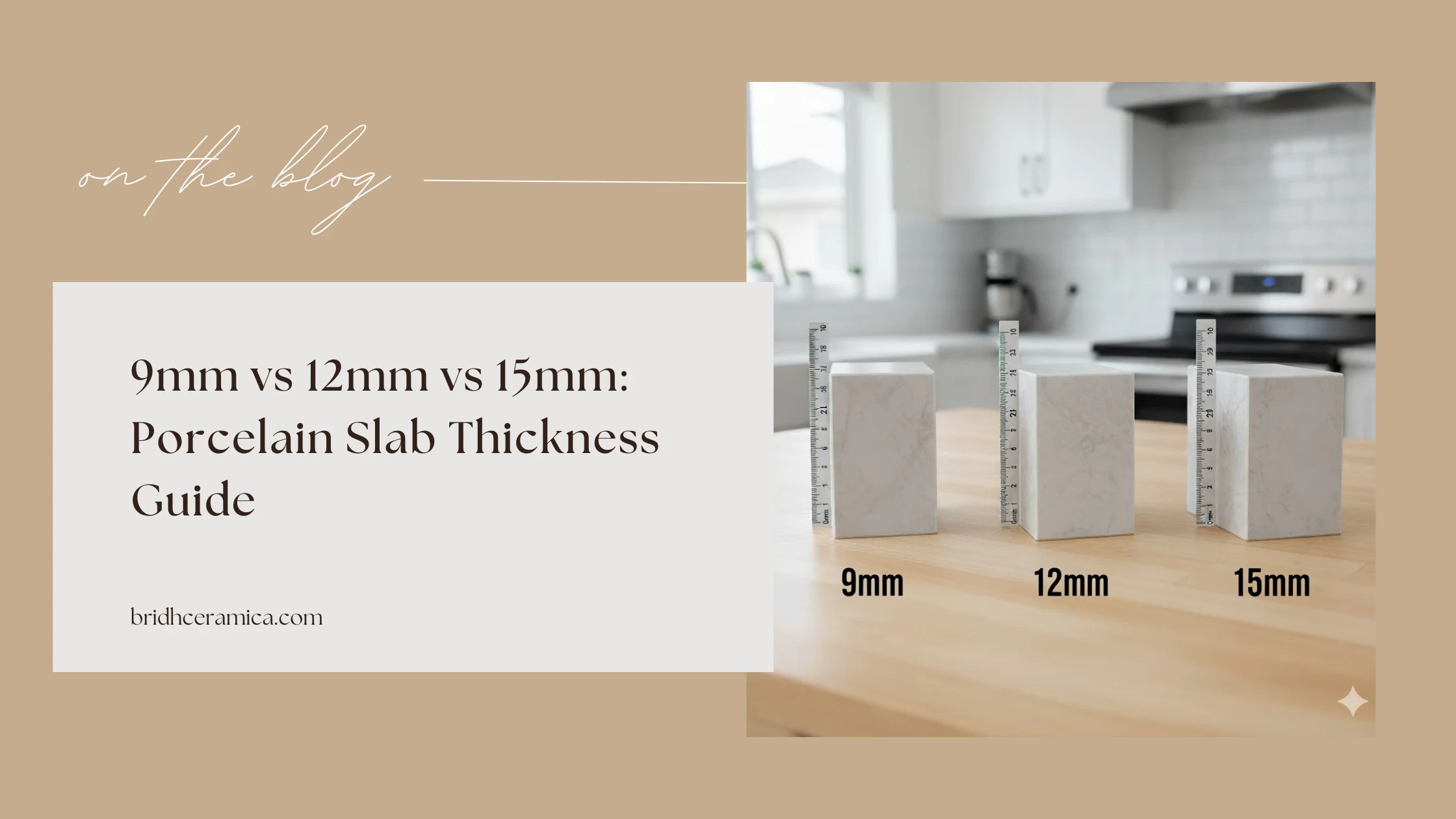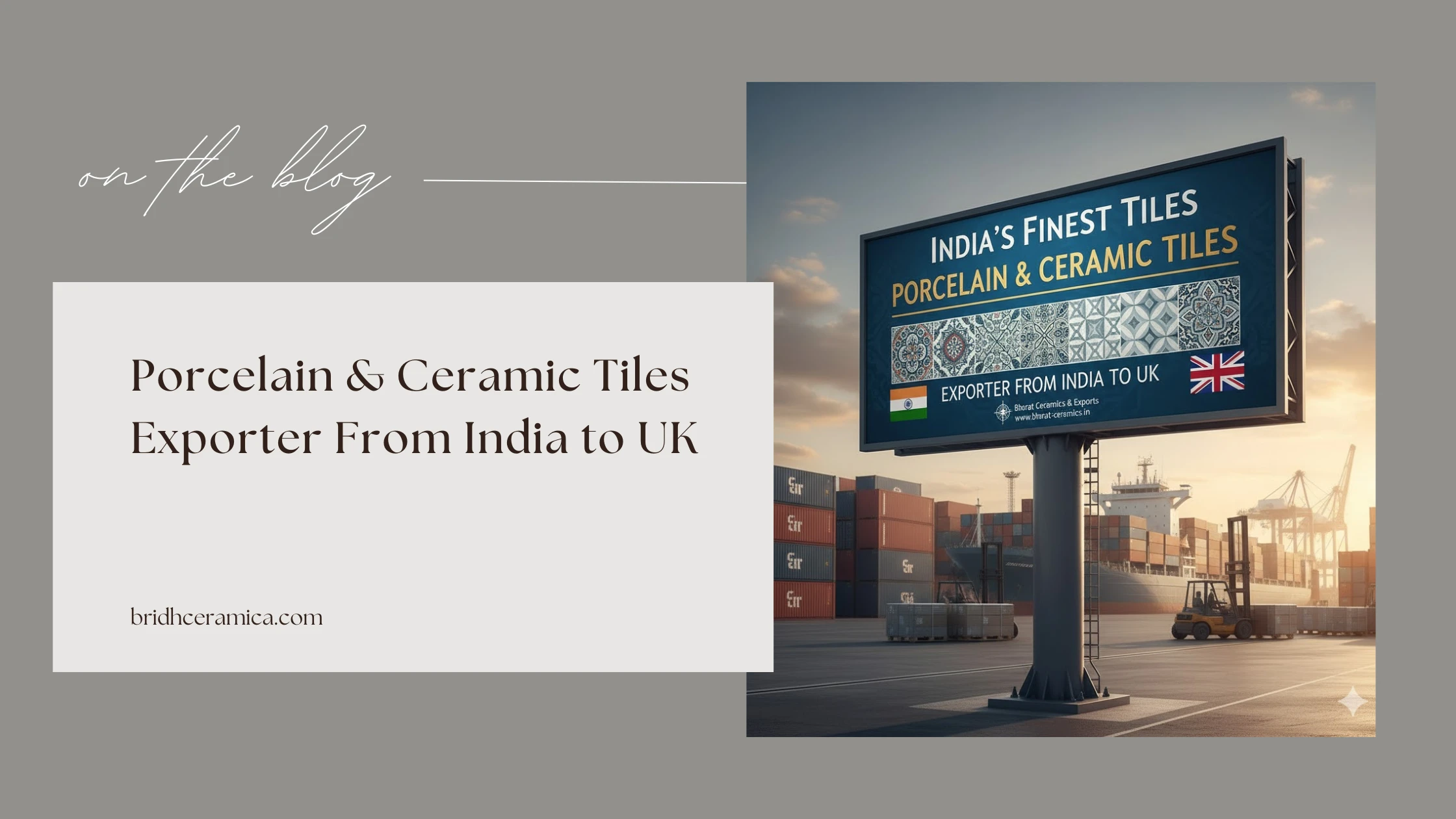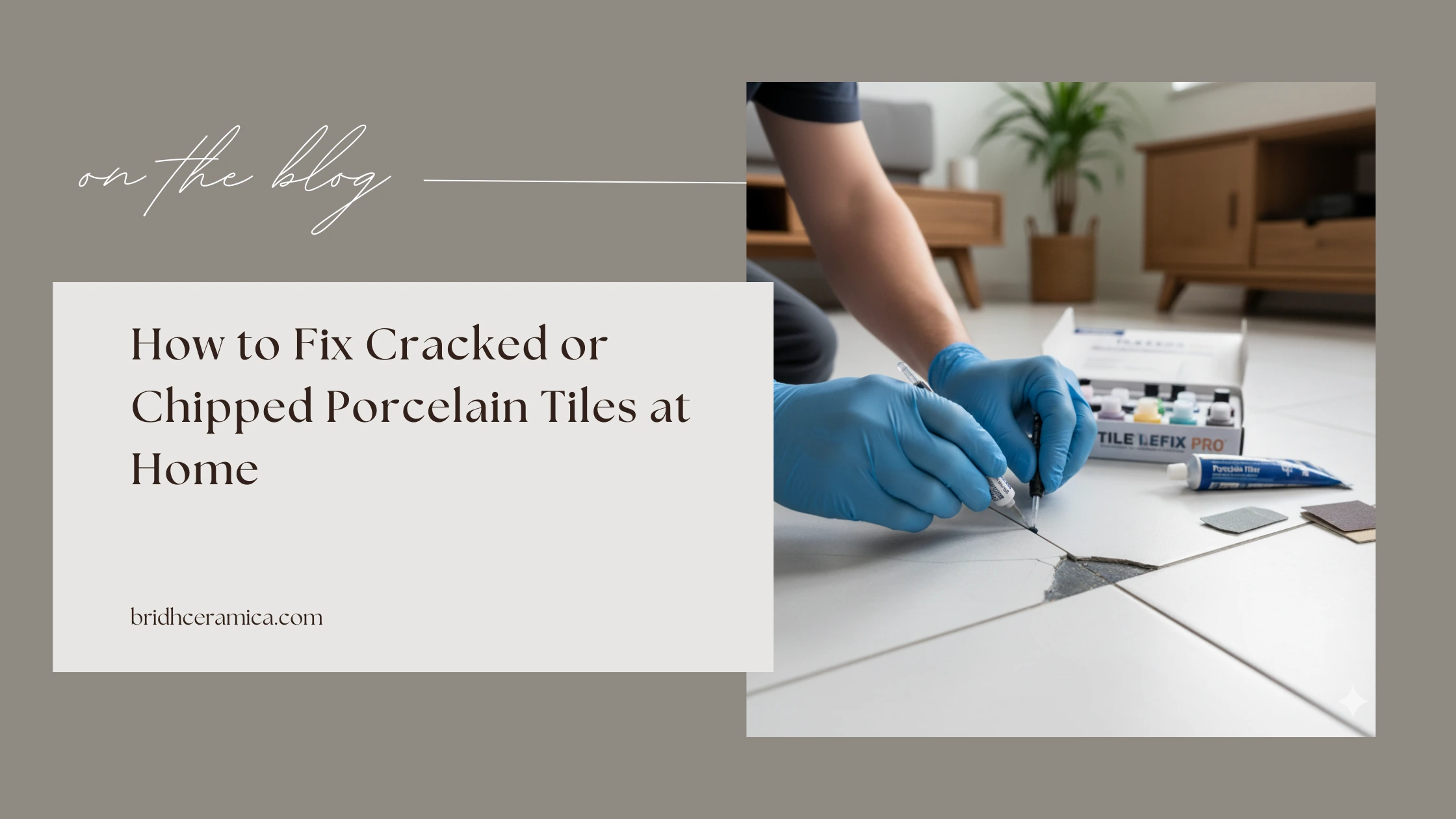Soluble Salt vs Vitrified Tiles: A Complete Buying Guide
Nov 10, 2025Connect With Our Team
Introduction
Behind its durability, water resistance, and long-lasting beauty. One of the most critical processes in tile manufacturing is kiln firing the step where raw, fragile material is transformed into a robust and resilient tile surface. In this guide, we break down how ceramic and porcelain tiles are baked in kilns and why this step is vital for tile performance.
5 Key Steps in Tile Manufacturing
1. Raw Material Mixing & Processing
2. Pressing
3. Drying, Printing & Glazing (if required)
4. Firing (Baking in Kiln)
5. Rectification, Polishing (if required) & Packing
Kiln Firing Importance
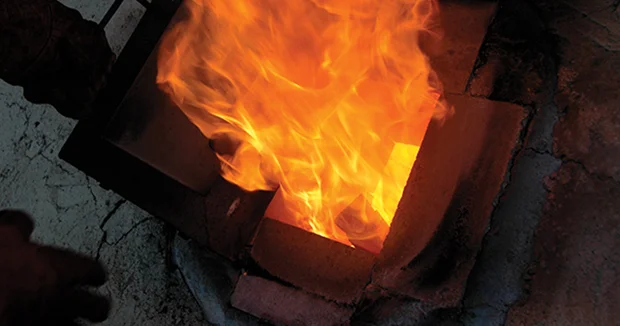
The firing process is one of the most critical steps in ceramic and porcelain tile production. It defines the mechanical strength, durability, water resistance as well and chemical resistance of the tile. To fire (which is also referred to as baking, drying, or hardening) tiles, a kiln (high-temperature special-purpose furnace) is deployed within the tile manufacturing chain capable of converting raw materials into rigid usable materials, essential for producing high-quality ceramic tile flooring and porcelain tile flooring.
Preparation Of Biscuit Tile
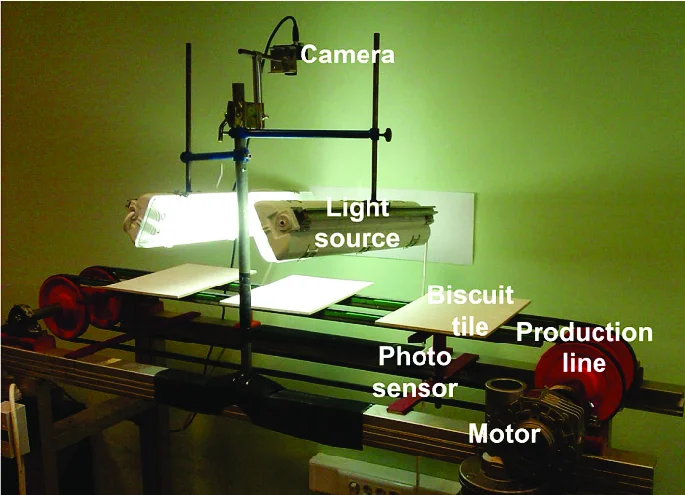
On the one end, the process starts with the mixing and processing of various raw materials, including clay, feldspar, silica and kaolin, among other raw materials necessary in the body of tiles. These are pressed into the unfired tile body, which is a biscuit tile, using a hydraulic press. At this point, the biscuit tile is hard in shape but dry and brittle since it maintains only the shape and size infrastructure it needs in order to become the final tile.
Drying Process Before Firing
Once the biscuit tile is pressed, it passes through an industrial dryer to eliminate moisture content. Proper drying is crucial to prevent cracking or breaking during firing in the kiln. In ceramic and porcelain tile production, two main types of dryers are used:
-
Vertical Dryer: Ideal for space-saving, high-capacity lines.
-
Horizontal Dryer: Preferred for uniform drying over large surfaces.
The main purpose of drying is to reduce the tile's moisture content to the optimal level before it enters the kiln for firing. This careful step is necessary for ensuring durability in both ceramic tile and porcelain tile products.
Glazing and Printing On the Tile
Once the tile is dry, the tile is glazed (where necessary) and this is done with either a protective or decorative substance to enhance the look and wear and tear of the surface. The use of glazing serves to make tiles either scratch-proof, glossy, or matt finished according to the requirements of design.
Into printing: this, whereby a variety of means, designs, patterns, or textures are laid on. The method that is being used the most and which is most acceptable today is the digital printing machine, which brings about high definition customizable designs that fit best in present-day interior demands and architectural needs, especially for ceramic tile flooring and porcelain tile flooring applications.
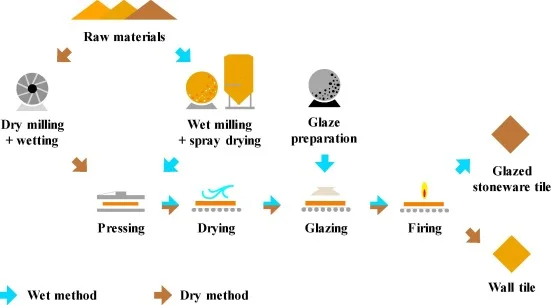
Importance of Kiln Firing in Tile Manufacturing
Now, when the tile is pressed, dried, glazed, and printed, it needs to be baked in order to become physically strong, waterproof, and chemically resistant. This is achieved through the kiln firing process, where tiles are exposed to controlled high temperatures that vitrify the body and glaze, ensuring that the tile develops the required strength, durability, and functional properties for its intended use, be it for walls, floors, or exterior surfaces. This crucial phase in tile manufacturing applies equally to both ceramic tile and porcelain tile production.
Types of Kilns Used in Tile Production
A kiln is an oven that produces the high temperature required for baking biscuit tile. In ceramic and porcelain tile production from India, the most prominent kiln used is the Tunnel Kiln, also known as the Continuous Kiln. A typical kiln used in Indian ceramic and porcelain tile manufacturing ranges between 70 meters to 400 meters long. The width depends on the size and the production capacity of the line.
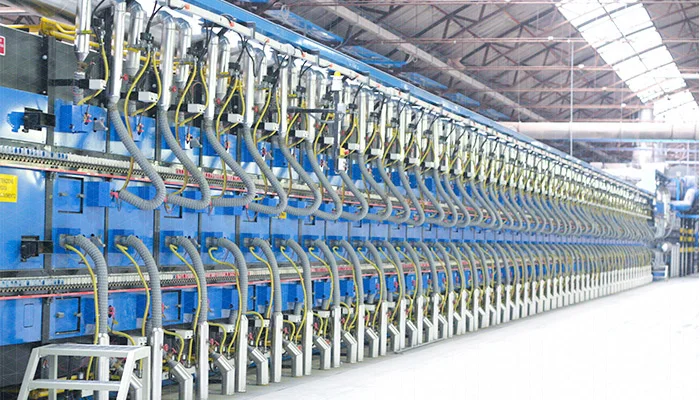
-
Tunnel Kiln (Continuous Kiln): Long, continuous kilns are used for large-scale production (70 to 400 meters long). Common in India’s major tile plants and by ceramic tile manufacturers.
-
Roller Hearth Kiln: Shorter kilns with faster firing cycles, ideal for smaller production batches.
-
Intermittent (Batch) Kiln: Used for custom or small-batch tiles. Rare in industrial tile production.
Note: Most modern Indian tile manufacturers, including large brands, prefer imported SACMI Tunnel Kilns for consistent, high-capacity production in tile manufacturing.
Porcelain vs Ceramic Tile: Kiln Firing Differences
| Aspect | Ceramic Tile | Porcelain Tile |
| Kiln Temperature | Up to 1050°C | Up to 1200°C |
| Water Absorption | 12–13% | Below 0.5% (ISO Standard) |
| Strength & Density | Less dense | High density, vitrified |
| Usage | Walls, low-traffic floors | Heavy floors, outdoor use |
Tile Firing Temperature Range
The tile is entered into the kiln with the help of special kiln rollers. The temperature increases gradually from 50 degrees Celsius to up to 1200 degrees Celsius. For porcelain tile production from India, the temperature of the kiln goes up to 1200 degrees Celsius. For the ceramic tile production from India, the temperature of the kiln goes up to 1050 degrees Celsius.
So it depends on the type of body; for example, ceramic tile is low in strength as compared to porcelain tile. And water absorption of ceramic tile is in the range of 12-13% where whereas in the porcelain tile from India, the water absorption is as low as 0.02%.
(Note: The ISO certified rating for the water absorption in porcelain tile is less than 0.5%)
Kiln Technology & Brands
Generally, the kilns which are used for large production capacities at our plants are from SACMI, Italy, but other Italian and Chinese companies are major players in ceramic and porcelain kiln makers. We also make custom kilns at our ceramic production plants. For example, one of our kilns at our soluble salt plant is made in India because the production capacity required is comparatively less, and we wanted a custom-made kiln to fit into our production line and to optimise the production capacity and quality.
Using advanced kiln technology like Tunnel Kilns, Continuous Kilns, and Roller Hearth Kilns ensures that the final ceramic tile and porcelain tile products meet the highest standards of durability and design.
Conclusion
The firing of the kiln is critical to determine the quality, quality, and aesthetic value of the ceramic and porcelain tiles. Starting with the choice of raw materials as well as the drying process up to glazing and subsequent firing in state-of-the-art kilns such as Tunnel Kilns or Roller Hearth Kilns, all the steps are designed to promote the quality of the tiles reaching the highest levels of strength, water resistance, plus flexibility in terms of design.
We also passionately carry out the state-of-the-art technologies of kilns, namely imported SACMI Tunnel Kilns and specifically tailored kilns, in our production lines to produce excellent quality of ceramic and porcelain tiles at Bridh Ceramica. Our tradition of accuracy in kiln firing ensures that our tiles are not only beautiful but also long-lasting and ingeniously adapted to a variety of uses, including floors, walls, and exteriors, meeting the standards of the best ceramic tile manufacturers.
To get the best superior tiles made with expertise in technology and quality control, just confide in Bridh Ceramica, a name synonymous with excellence in tile manufacturing.
Whatsapp Chatx
Hi! Click one of our representatives below to chat on WhatsApp or send us email to dhaval@bridhceramica.com

|
************** +91 97023 82809 |
 TILES VIEW
TILES VIEW
